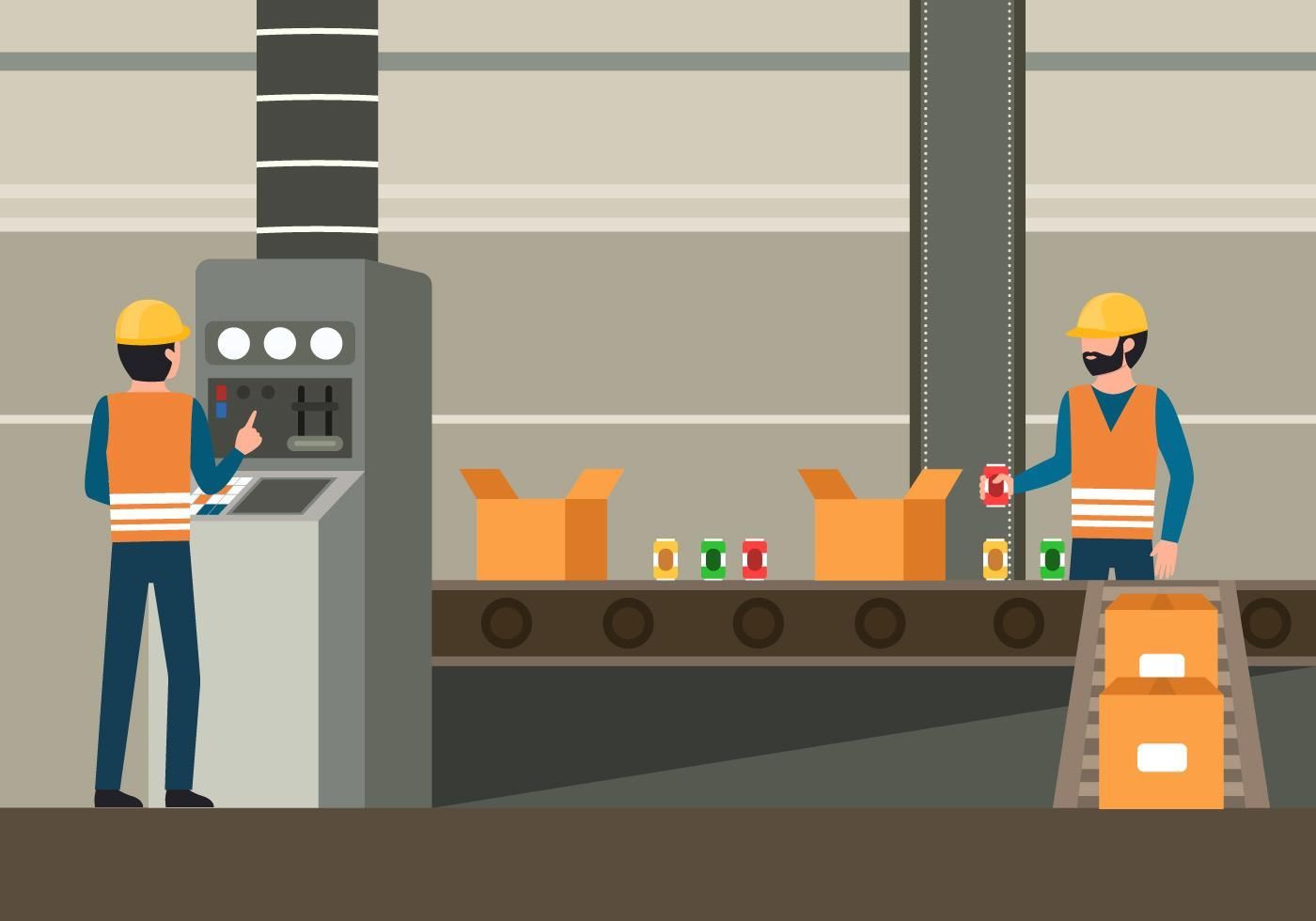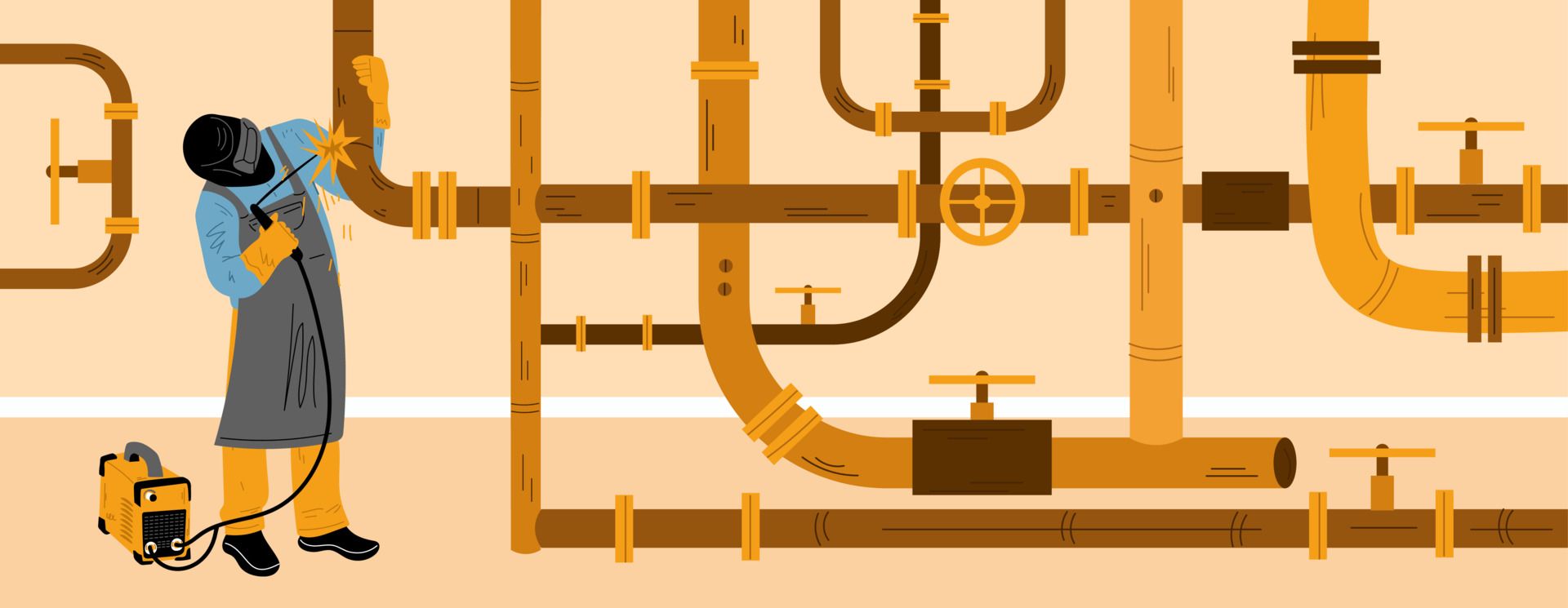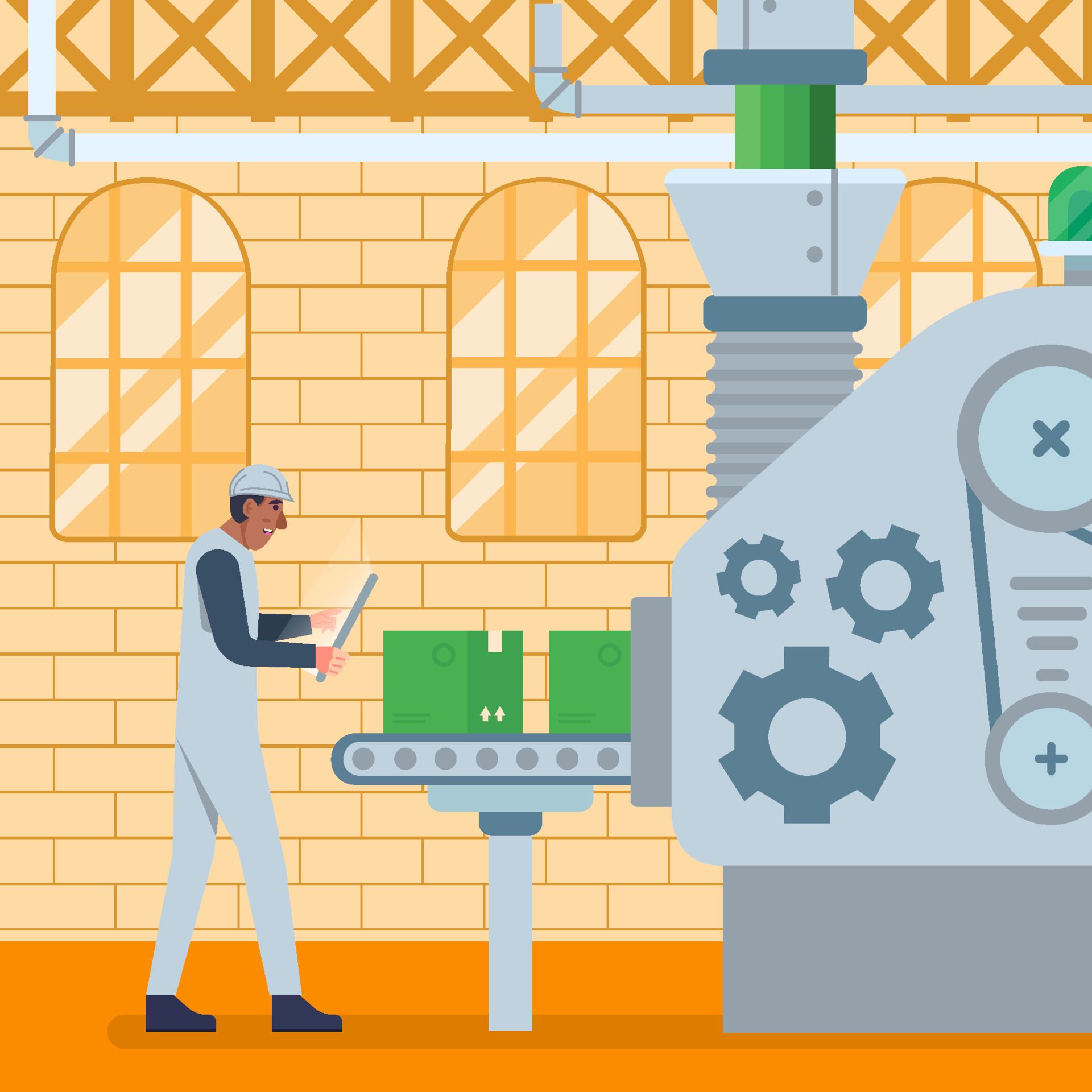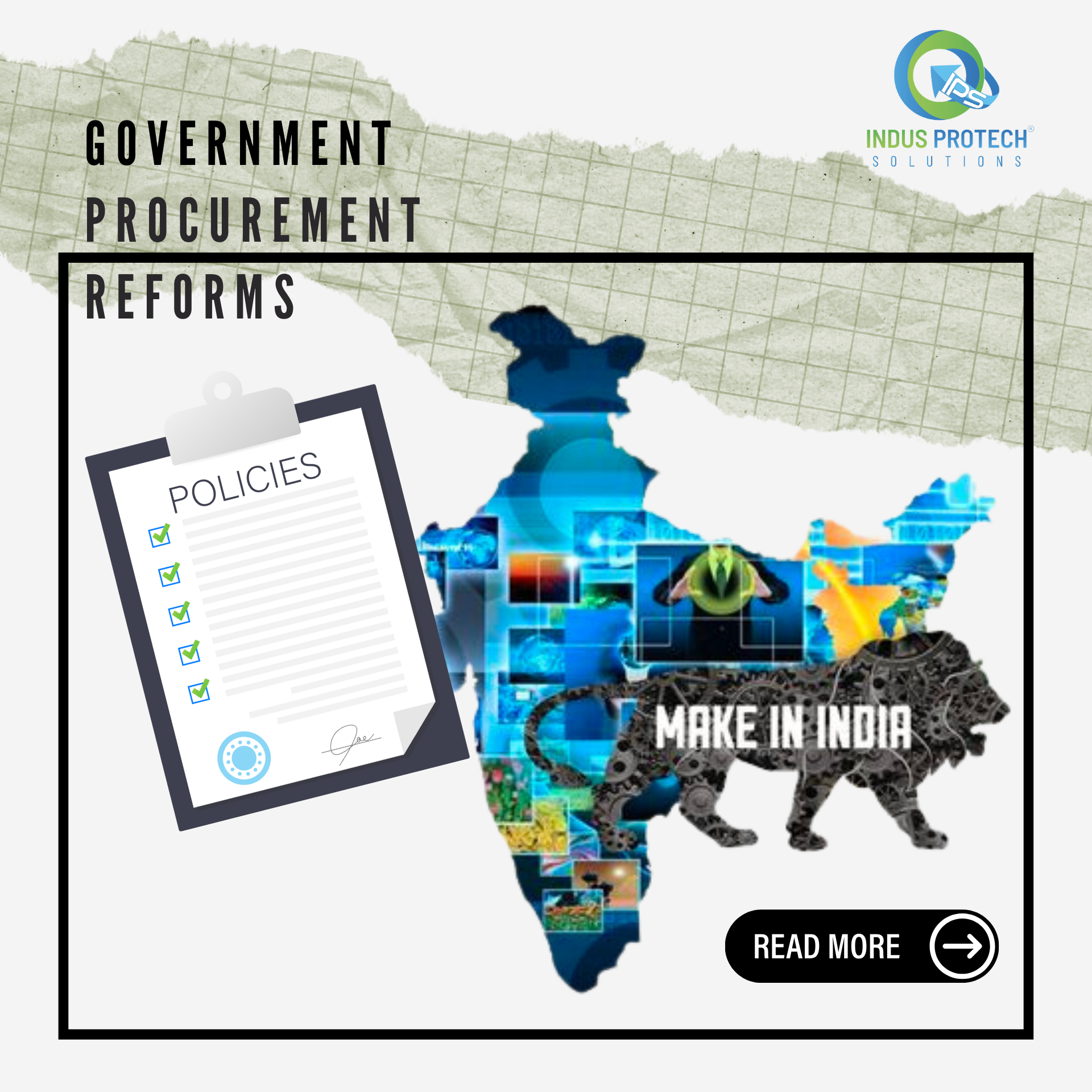Challenges and Opportunities In the Indian Manufacturing
The Indian manufacturing industry is a significant contributor to the country's GDP, providing employment opportunities to millions of people. However, the industry has its fair share of challenges that need to be addressed to unleash its full potential. In this blog, we will discuss the challenges and opportunities in the Indian manufacturing industry.
Challenges
• Infrastructure
The lack of adequate infrastructure such as power, roads, and transportation facilities, hampers the growth of the manufacturing industry. The inadequate infrastructure leads to higher costs of production and longer lead times, which make Indian manufacturers less competitive in the global market.
• Skilled workforce
The availability of a skilled workforce is a significant challenge for the Indian manufacturing industry. The majority of the workforce lacks the necessary skills to work with advanced machinery and technologies, which hampers productivity and efficiency.
• Regulatory environment
The complex and often unclear regulatory environment in India creates challenges for manufacturers. Inconsistent policies and delays in regulatory approvals are some of the significant challenges faced by manufacturers.
• Low productivity
Low productivity levels are a significant challenge for the Indian manufacturing industry. Despite the availability of low-cost labor, the productivity levels are low due to the lack of investment in advanced technologies and machinery
Opportunities:
• Growing domestic market
The growing domestic market presents a significant opportunity for Indian manufacturers. With a population of over 1.3 billion, there is a massive demand for products in the country. The government's Make in India initiative aims to boost domestic manufacturing and increase the share of manufacturing in the country's GDP.
• Favourable demographics
India's favourable demographics, with a large and growing workforce, presents an opportunity for the manufacturing industry. The country has a large pool of young and educated individuals who can be trained to work with advanced technologies and machinery.
• Increasing exports
India is making slow but steady progress towards Industry 4.0 thanks to government initiatives like the National Manufacturing Policy, which aims to raise manufacturing's GDP share to 25% by 2025, and the PLI scheme for Manufacturing, which was introduced in 2022 and aims to bring India's core manufacturing sector up to par with international manufacturing standards.
• Government Support
Low productivity levels are a significant challenge for the Indian manufacturing industry. Despite the availability of low-cost labor, the productivity levels are low due to the lack of investment in advanced technologies and machinery.
• Technological advancements
Technological advancements in areas such as automation, artificial intelligence, and the Internet of Things (IoT) present opportunities for the Indian manufacturing industry. The adoption of advanced technologies can lead to higher productivity, lower costs and improved product quality.
In the core manufacturing process, material knowledge, designing, employment training, machine manufacturing, data tracking, and even automation, there is also a lot of room for growth and improvement. All of these possibilities, which are just waiting to be investigated and have the potential to turn India's manufacturing sector into a global hub for all kinds of manufacture.New Paragraph















